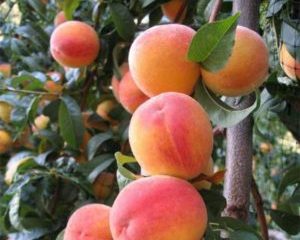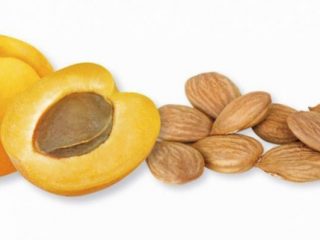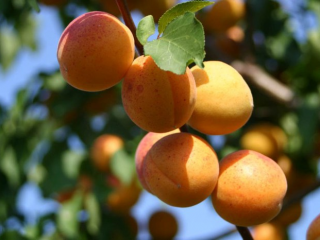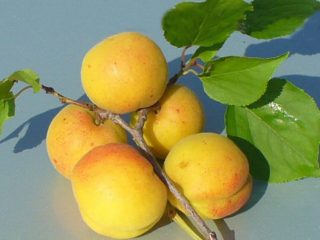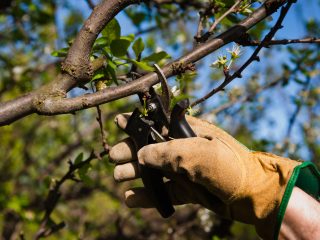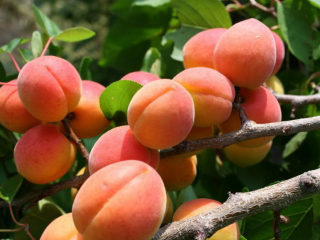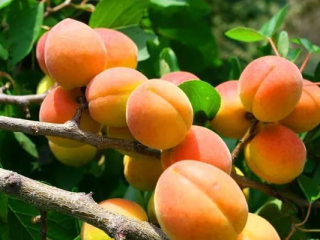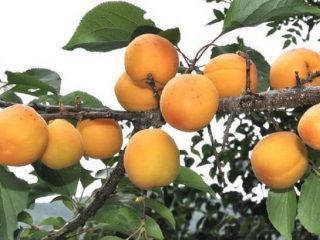Content
Apricot is a fruit crop that requires compliance with agrotechnical rules. This tree grows well in the central regions of Russia, takes root well and bears fruit in the Urals. However, to get a really high-quality and large harvest, you need to know how to water an apricot. Lack of moisture will cause the foliage to wilt and the plant to die. Excess water can cause root rot. All this leads not only to death, but also to shredding of the fruit and dwarfism of the tree.
Do I need to water an apricot tree?
The need and volume of watering apricots depends on many factors:
- plant age;
- season;
- weather and climatic conditions of the region.
The plant has a taproot. Its formation begins already in the first years of life, and by the second they can go to a depth of 2 meters. Therefore, apricot can be called drought-resistant.
On the other hand, the culture has a delicate root collar. Under no circumstances should it be over-watered, as there is a huge risk of death due to poor air circulation.
Hence the conclusion - it is necessary to water the apricot when it blooms, after transplantation, in spring and summer, but in compliance with certain rules.
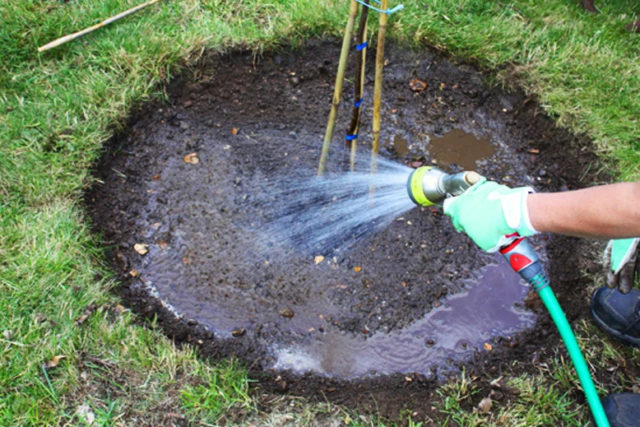
Sprinkling is the best way to water during hot weather
When to water apricots in spring
During the awakening after winter, it is extremely important to irrigate. In arid regions this is done before and during flowering. However, you need to pay attention to the climate of the region. If in the area where apricots are grown in the spring, there is frequent rain, and the spring itself arrives late, then most likely the plant does not have enough moisture.
In most regions, flowering occurs in April. And in the southern part of the country - even earlier. These factors must be taken into account and based on them when determining the need for irrigation. If spring came early, and there was practically no snow in winter, then the plant requires watering.
The second watering of a flowering apricot occurs approximately 2 weeks after the buds begin to appear. If the weather outside is warm and sunny, then you definitely need to water the tree. The need can be determined by soil moisture.
Is it possible to water an apricot during flowering?
During flowering, it is necessary to water, before which it is recommended to loosen and remove all weeds. After this it is necessary to carry out mulching. It can be sawdust or peat, humus. The main thing is not to place the mulch too close to the trunk, as this can cause rotting of the roots.
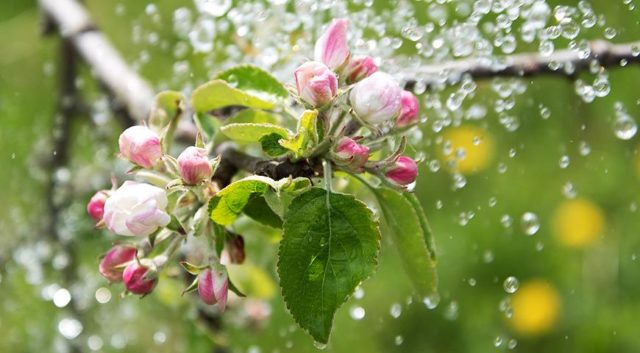
During flowering, apricot must be watered
How often to water an apricot
The culture tolerates high temperatures well, provided that the soil is still moistened. This is especially true for young plants and apricot seedlings.The older it gets, the fewer requirements it has for irrigation frequency.
How often should you water apricots after planting?
Immediately after planting the seedling, it must be watered abundantly, even if it rained the day before. This will not only moisten the soil, but also compact it.
At this stage, it is best to irrigate through the holes, in portions. In this case, it is necessary to add a second portion of water only after the first has been absorbed. It is recommended to spray around the crop to prevent soil erosion.
How to water an apricot
There are 4 main methods of watering apricots:
- through holes and furrows;
- drip irrigation;
- sprinkling.
Watering around the trunk with a hose is not suitable, as there is a chance of flooding the root collar.
It is very simple to calculate the amount of liquid for an adult plant - 10 liters of water are required for each year of life.
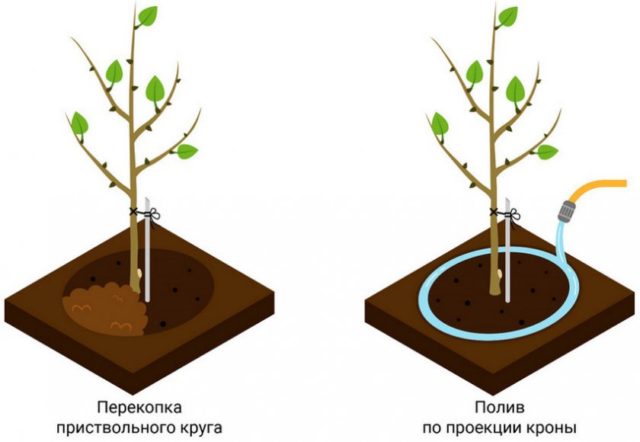
It is best to irrigate apricots through holes, around the crown
How to water an apricot during flowering
It will be better to water apricot trees correctly in the spring through holes and furrows. Grooves are made in a ring around the crown. They should be 2 times smaller than its diameter.
The amount of water is calculated depending on the age, for example, 1 bucket is enough for a one-year-old plant, two – for a 2-year-old plant, and so on. Don’t forget about the weather, if it’s not very warm, then you need less water.
Watering apricot after flowering
The last seasonal watering is usually carried out in October; it is also called moisture recharging. It is required to prepare the plant for winter and allow it to rest after shedding its leaves and bearing fruit.
Watering can be done using drip irrigation or through holes. For 1 sq. m of trunk area requires 5 buckets of water. If it is still warm, and even hot outside, then the amount of water will have to be increased, up to 300 liters per adult apricot.
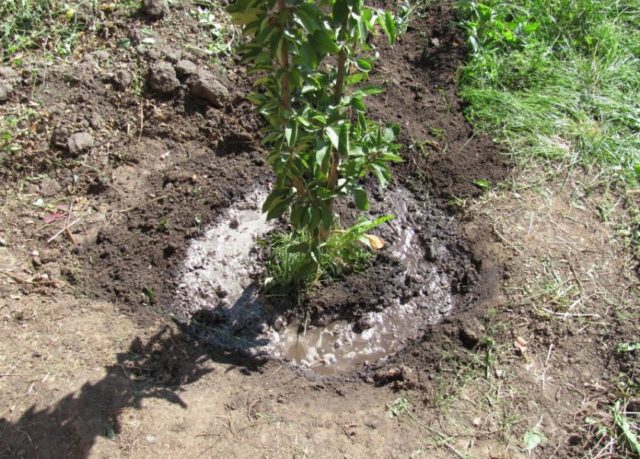
After placing the seedling in the ground, it must be irrigated abundantly.
Watering in summer
Undoubtedly, spring watering of apricot is very important, but the tree also needs irrigation in the summer. It occurs during the period when fruit ripening will soon begin. Depending on climatic conditions, we are talking about mid-June - early July.
If there are a lot of fruits, more water will be needed. In hot weather, it is recommended to irrigate using the sprinkling method. Using a watering can with a sprayer, moisten the area under the crown. The ideal time to water is morning or evening, and best on a cloudy day.
After fruiting and harvesting, trees are watered only in the south of the country, and then only if there is a severe drought.
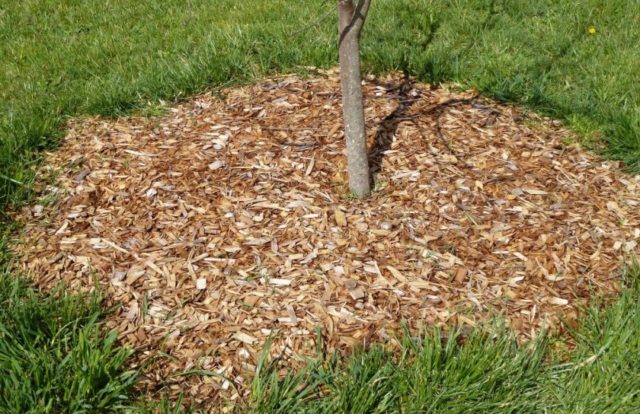
After watering, it is recommended to mulch the soil around the crop.
Conclusion
Apricots should be watered rarely, but thoroughly, following a few simple rules. The main thing is to always remember that conventional irrigation with a hose is not suitable for this plant, since the risk of root collar rotting greatly increases. After watering, it is recommended to mulch the root zone so that the moisture does not evaporate so quickly. It is always necessary to take into account the climatic characteristics of the region where the crop grows. To determine the need for watering, you need to dig a hole up to 40 cm deep between the rows of trees. Mix the soil inside and take a small amount of soil and squeeze it in your palm. Soil saturated with moisture will not fall apart and will stick together into a dense lump.
Proper care and watering of apricots is a guarantee of a large harvest.
